7 Incredible Things You Didn't Know About Alpine
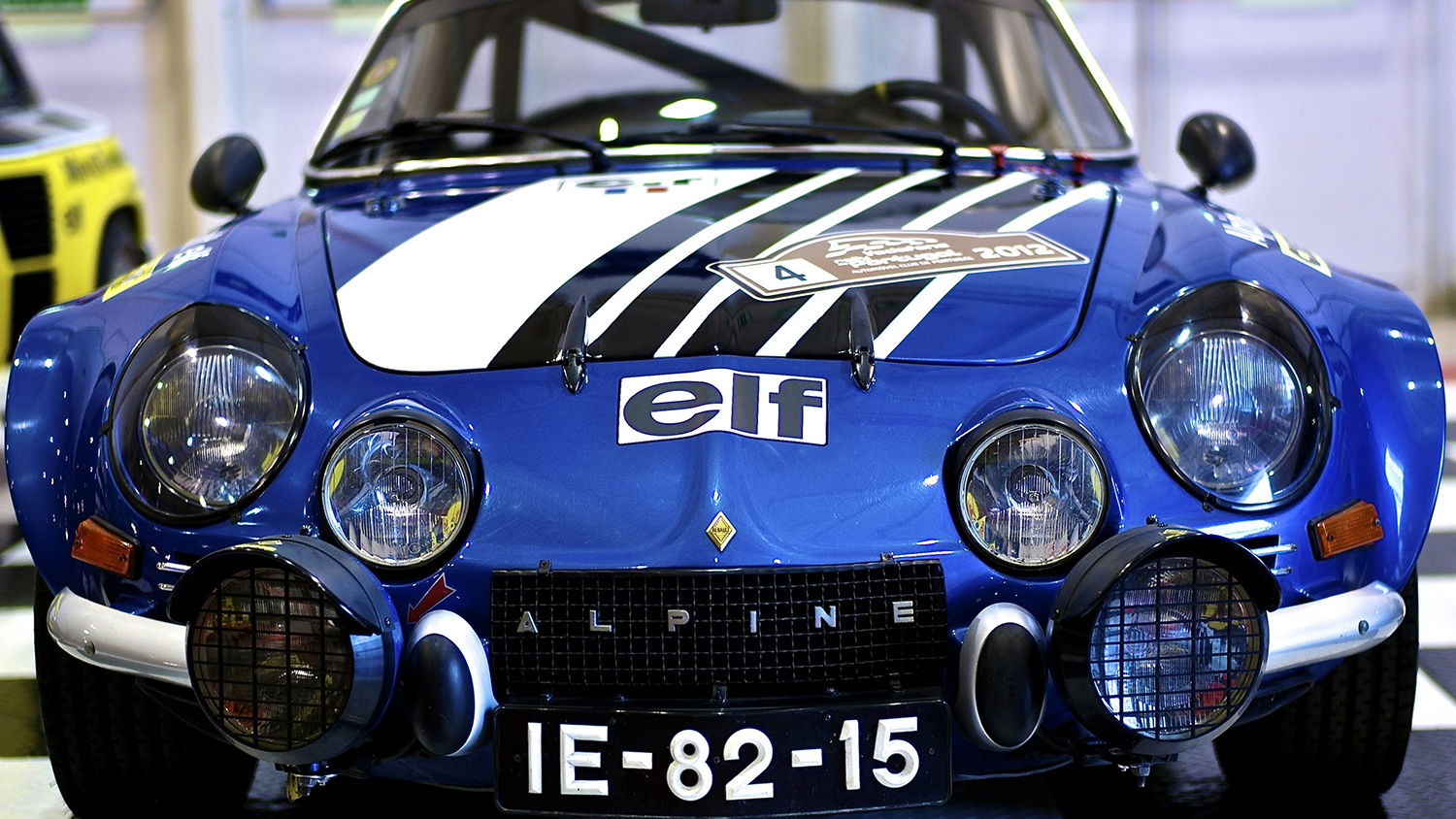
Alpine is a modern-day enigma. We know Renault is working on it and looks to be brewing something special, but until it appears we don’t know how the brand is really going to take shape.
There’s a fascinating history behind the name, though, and we think we’ve picked out some facts that might surprise you, from its earliest days in the 1950s to its hand in some of the most exciting hot hatches ever made.
Alpine was born out of unofficial Renault mods
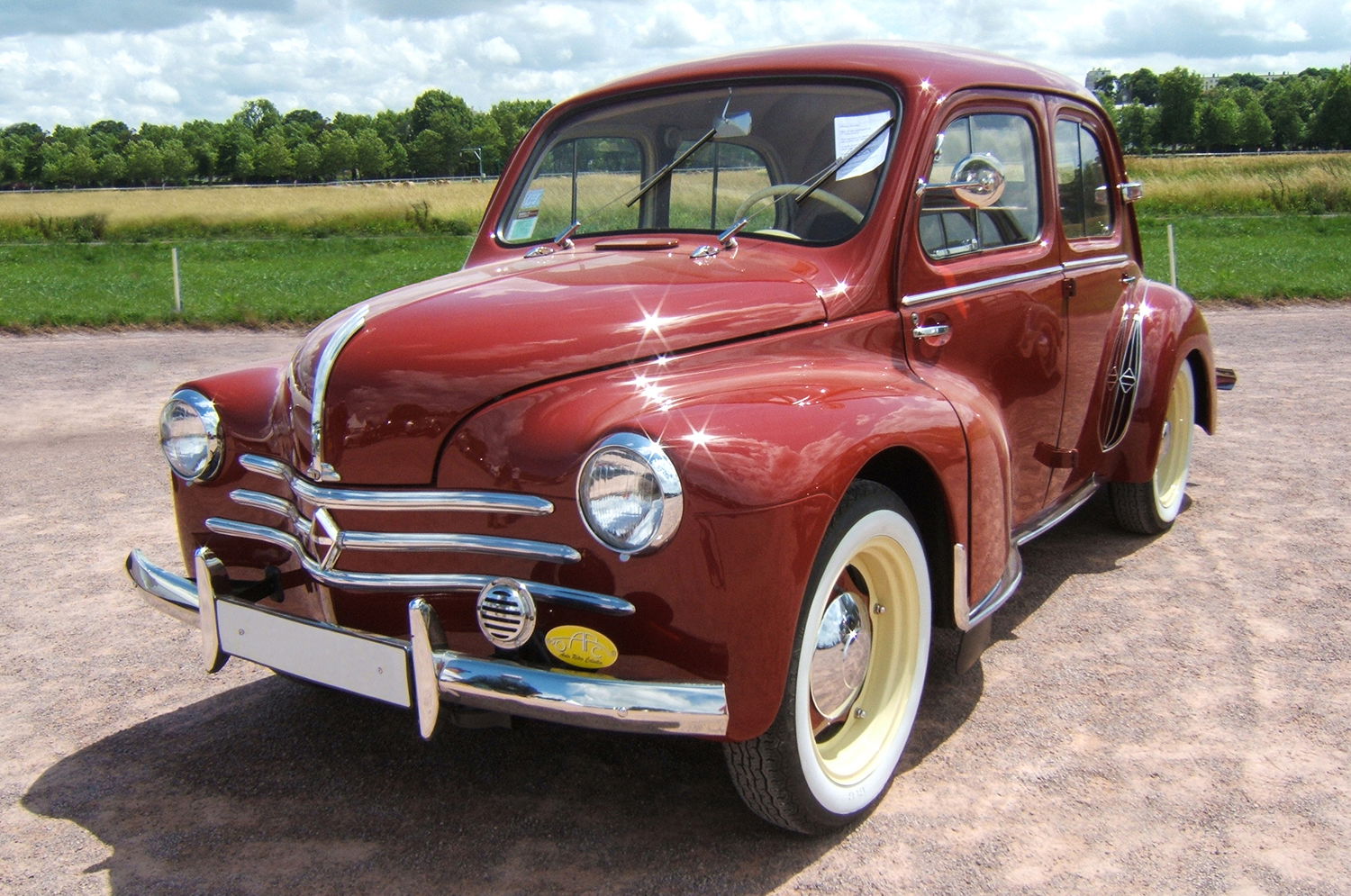
A Dieppe-based Frenchman called Jean Redele (pronounced Red-el-ay) was into rallying in the depressed post-WWII era. He was using Renault 4CVs, and over time modified them for better performance. Out went the terrible three-speed gearbox in favour of a five-speed manual; a serious piece of kit at the time. He also built new, lighter bodies to go over the chassis and entered them in endurance races at Le Mans and Sebring.
His continued success using and improving Renault products caught the company’s eye, and he started securing factory financial backing. By this time he had formally created the Societe Anonyme des Automobiles Alpine, literally meaning the Nameless Alpine Automobiles Company (Edit: this is apparently a legitimate French corporate term not meant to be translated literally. Sacre bleu, etc). He named his company Alpine, for his prior successes rallying in the Alps.
Pioneering glass-fibre production led to the first full Alpine
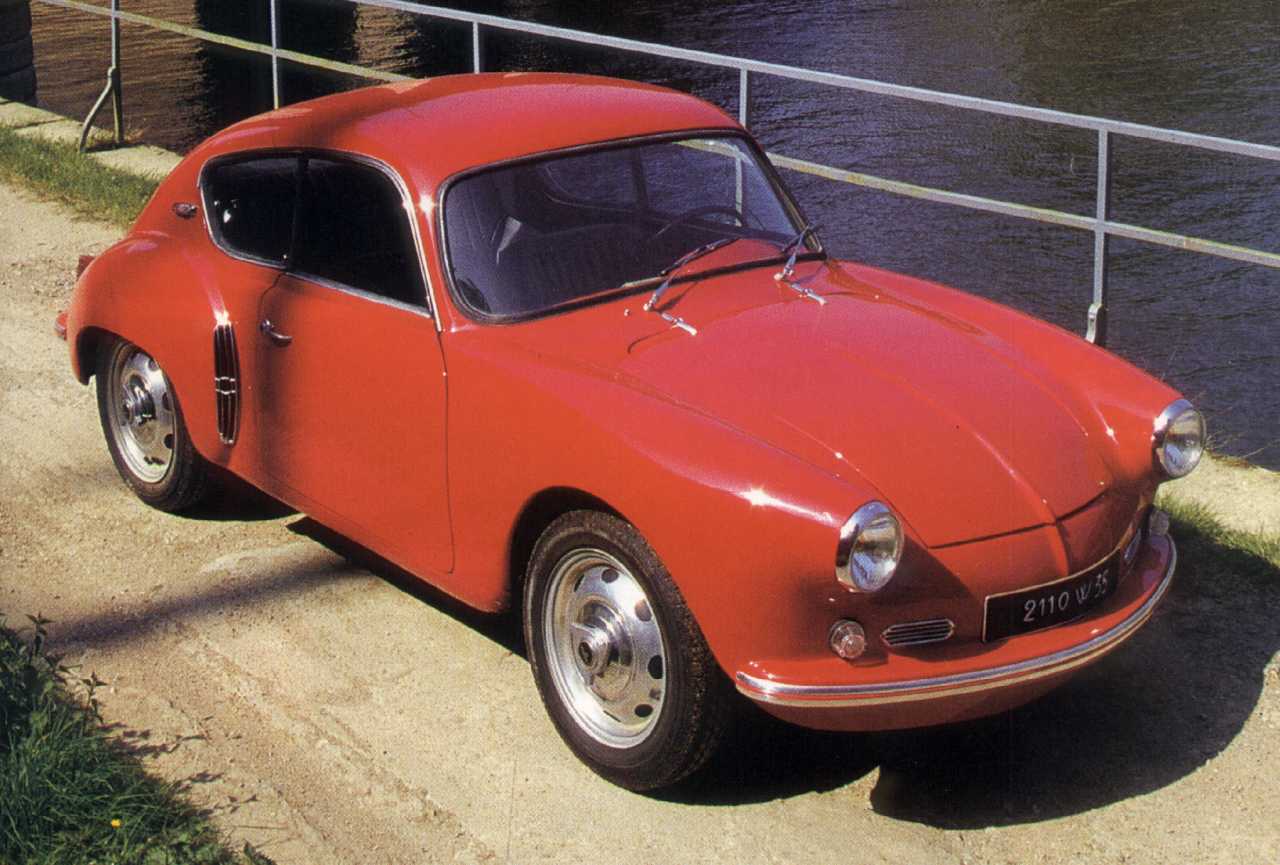
Although Redele’s major problem throughout his career with Alpine was Renault’s inability to supply regular, improved mechanicals for him to work with, he was able to use old running gear with new construction technologies to get results anyway. He was among the pioneers of glass-fibre body panel construction, prizing it for its light weight and malleability.
That allowed him to produce his first proprietary body to whack on top of the old 4CV chassis, followed by a new name: the A106. The body’s weight loss meant that the rally success continued in a competitive environment that wasn’t really moving on very quickly yet. A cabriolet joined the ranks later, based on a stiff, tubular backbone chassis design that would be the base for all Alpines until the last A610 was finished in 1995.
The iconic A110 had an incredible power journey
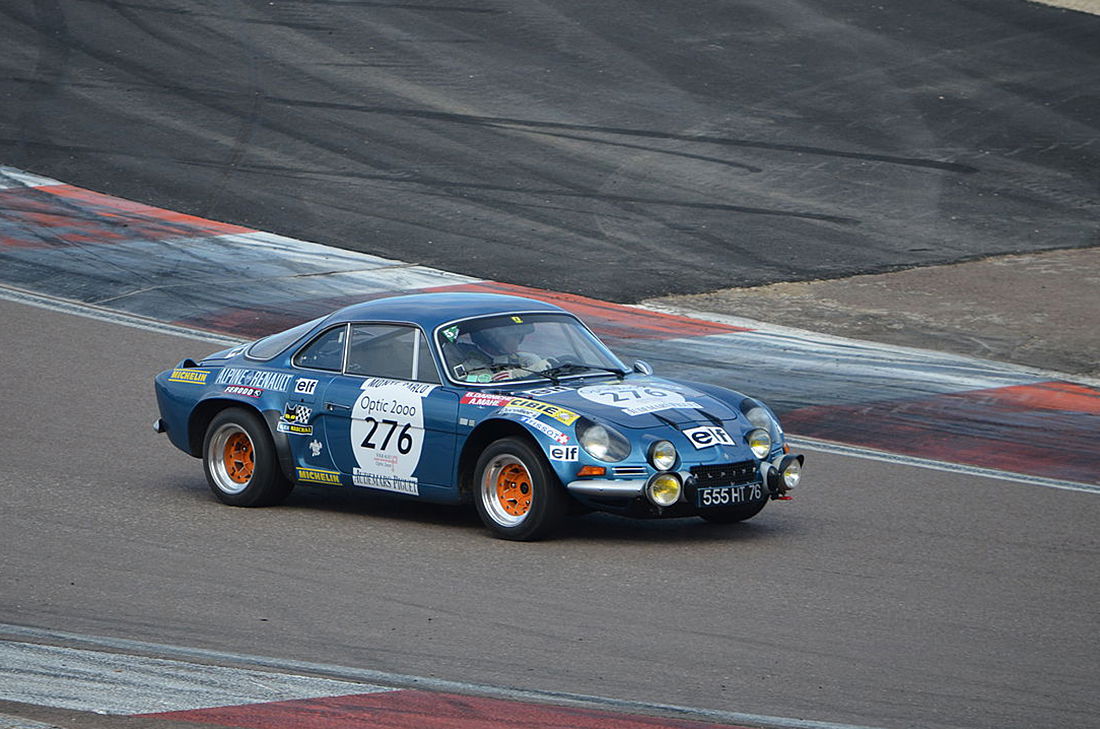
The A110 was Alpine’s big hit. The company had been involved with the Renault R8’s development from an early stage, giving it time to alter its own chassis to accommodate the R8’s mechanicals. The longer, sleeker shape was stunning, which helped raise the car’s profile even further as it bossed the rally stages of Europe. It started with just 51bhp, which wasn’t that bad in a car weighing 620kg, but by the end of the A110’s over-long life it was dealing with 180bhp. It must have been awesome.
Its crowning achievements were 1-2-3 finishes at the 1971 and 1973 Monte Carlo rallies, by which time it was using Renault 16 engines. In 1973 Alpine even won the very first manufacturer’s World Rally Championship ahead of Lancia, Porsche and Ford. Impressive stuff. But by 1974 the game had taken a quantum leap forwards and the A110 was left behind. Sales plummeted and Renault bought the company outright to save it.
Alpine was the first to win an international rally with turbocharging
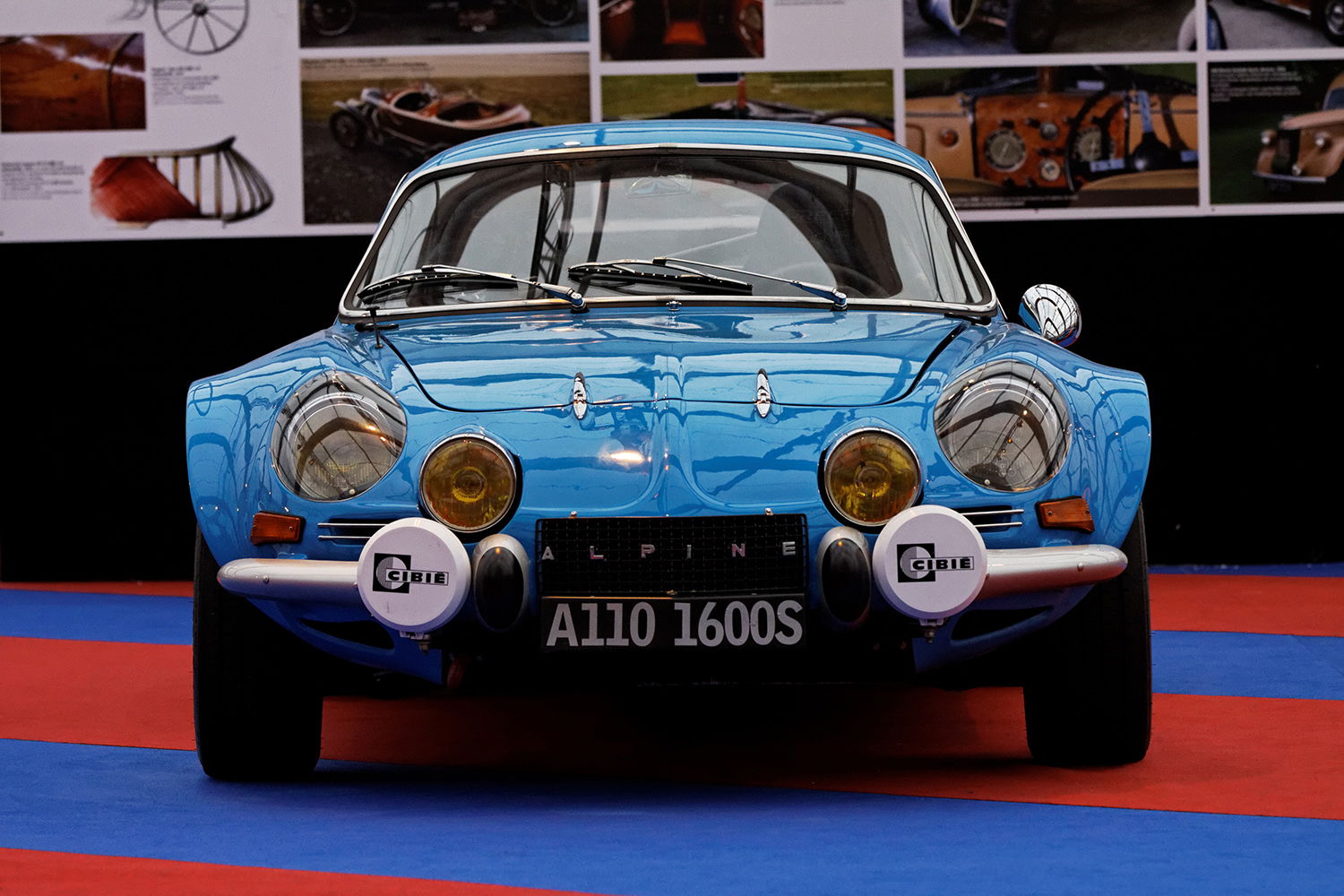
Courtesy of a modified A110, regular Alpine wheelsmith Jean-Luc Therier took the win at the 1972 Criterium des Cevennes rally, making it the first vehicle ever to win an international rally with a turbo attached. Audi only brought out the Ur-Quattro in 1980.
Alpine also went turbo in 1976, with its prototype Le Mans 24-Hour racer. In 1978, they won the race outright before quitting to concentrate on the next, even more important project.
It was the company behind Renault’s original F1 entry
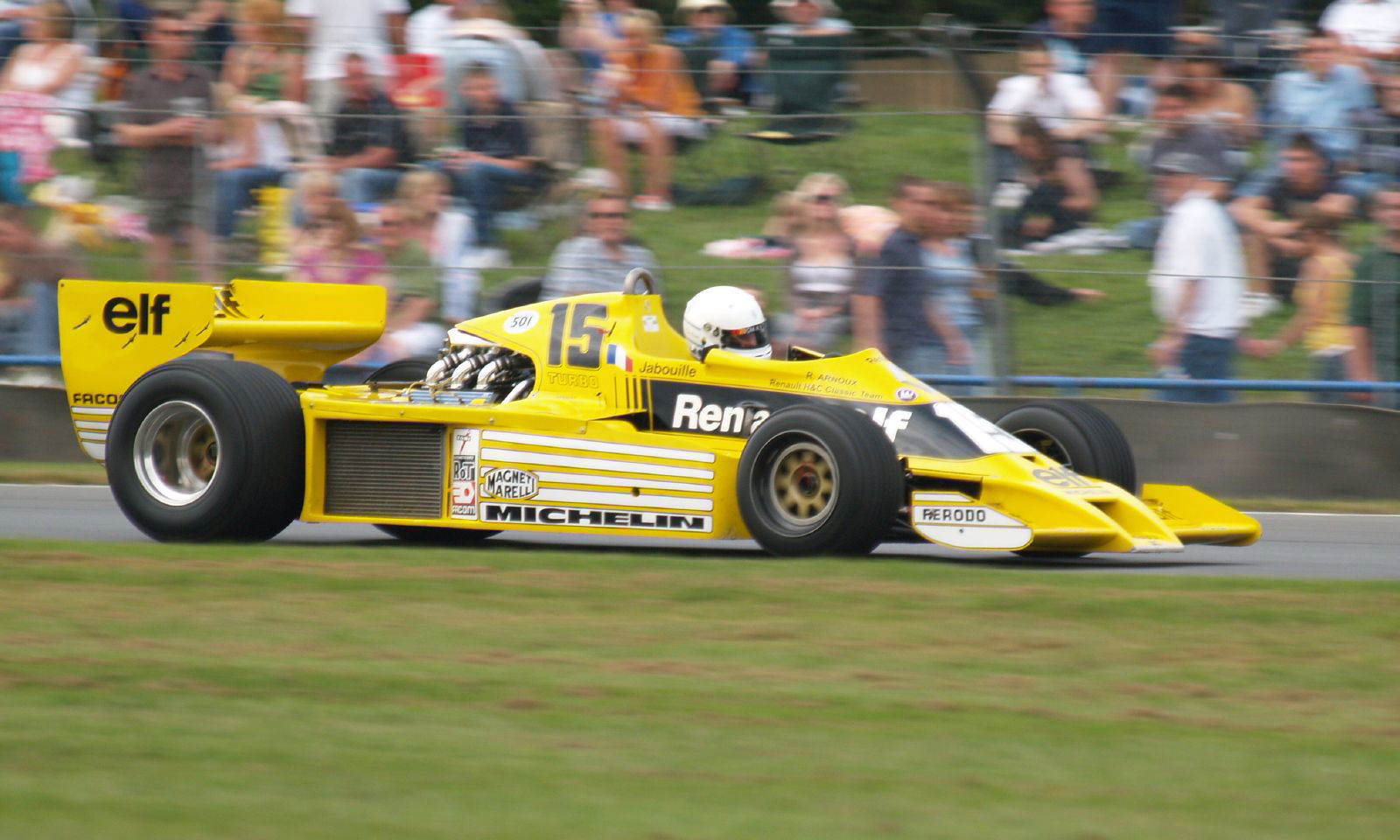
That project was Formula One. Alpine had been dabbling in the feeder track-racing series Formula Three and Formula Two through the 1970s, and eventually persuaded Renault to take the plunge. Alpine had built an F1 testing mule by 1976, and that led directly to a wholesale entry to global motorsport’s flagship class.
It’s just one of Alpine’s enduring legacies that Renault today still feels it needs to be involved in the sport. In a typically French way it has blown hot and cold with F1, winning world titles with Fernando Alonso during its stint as a works entrant in the 2000s.
Alpine cut some of its panels with water
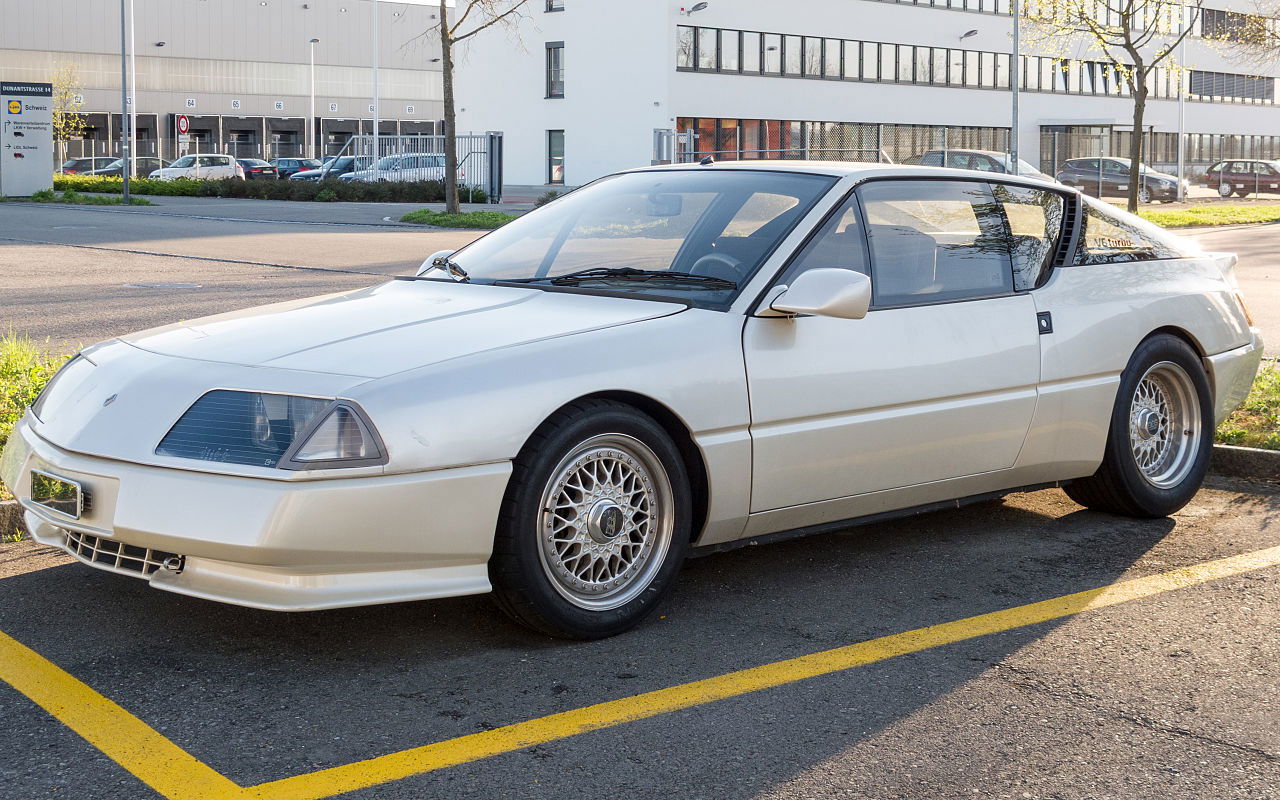
For the 1980s Alpine developed the wonderfully of-its-time A310, which couldn’t possible be from any other period in history. It kept its engine at the back, like all those before it, and led to the Alpine GTA, which used innovative plastic and polyester components for lightness. Initially using a normally-aspirated V6, a turbo was added in 1985, but that’s not the most interesting part.
The polyester elements were cut by high-pressure water jets just 0.15mm thick. Fired at almost 50,800psi (3500bar), these jets cut like lasers. The water itself was travelling at three times the speed of sound as it sliced.
The Alpine factory became the Renault Sport factory
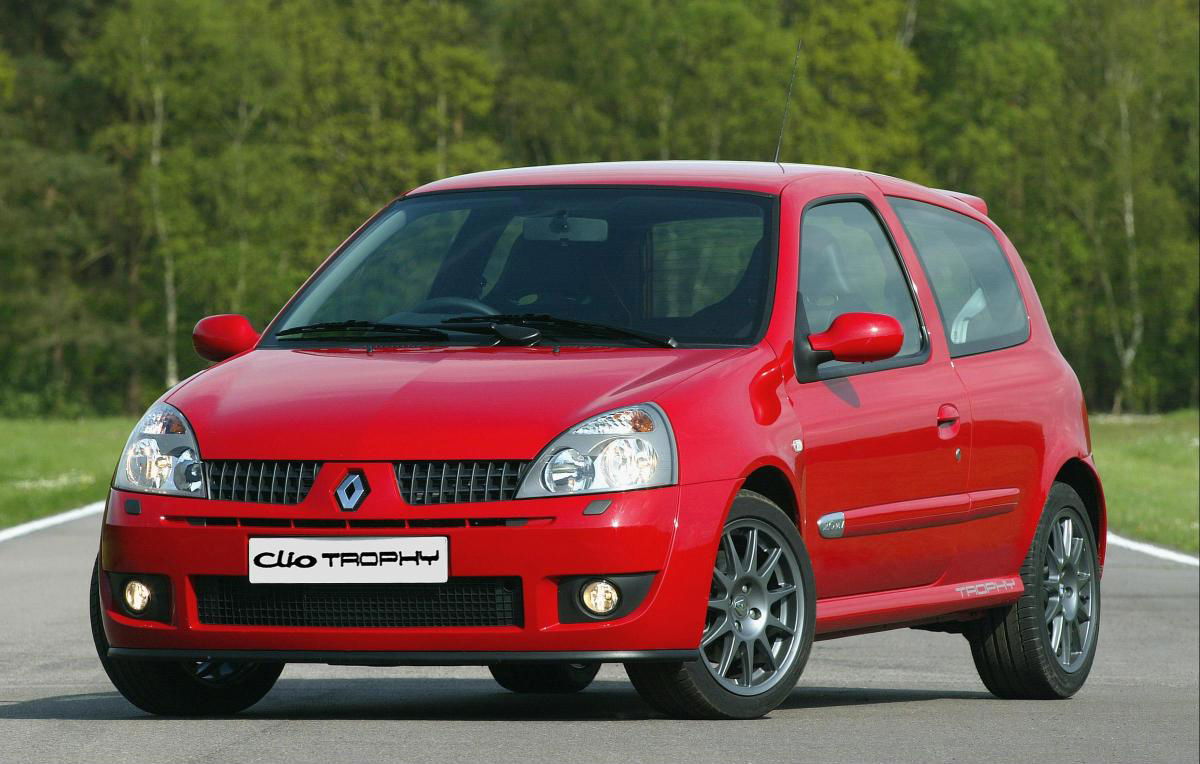
The Dieppe factory that was Jean Redele and Alpine’s base still exists. More than that, it still produces cars. It was there that the legendary Renault 5 Turbo was built, and more recently it has been the headquarters of the handling geniuses at Renault Sport, where the likes of the Clio 172, 182 and Trophy were designed and developed. Anyone who says that’s a coincidence is being daft.
All the fast Clios and Meganes, including the classic R26.R and even the Nurburgring-conquering 275 Trophy R can all trace their existence back to Dieppe, and ultimately to the legacy of Alpine and Jean Redele. He started a chain of events that changed and dominated the affordable performance car landscape through the 1980s, ’90s, ’00s and early ’10s. Cheers, Jean.
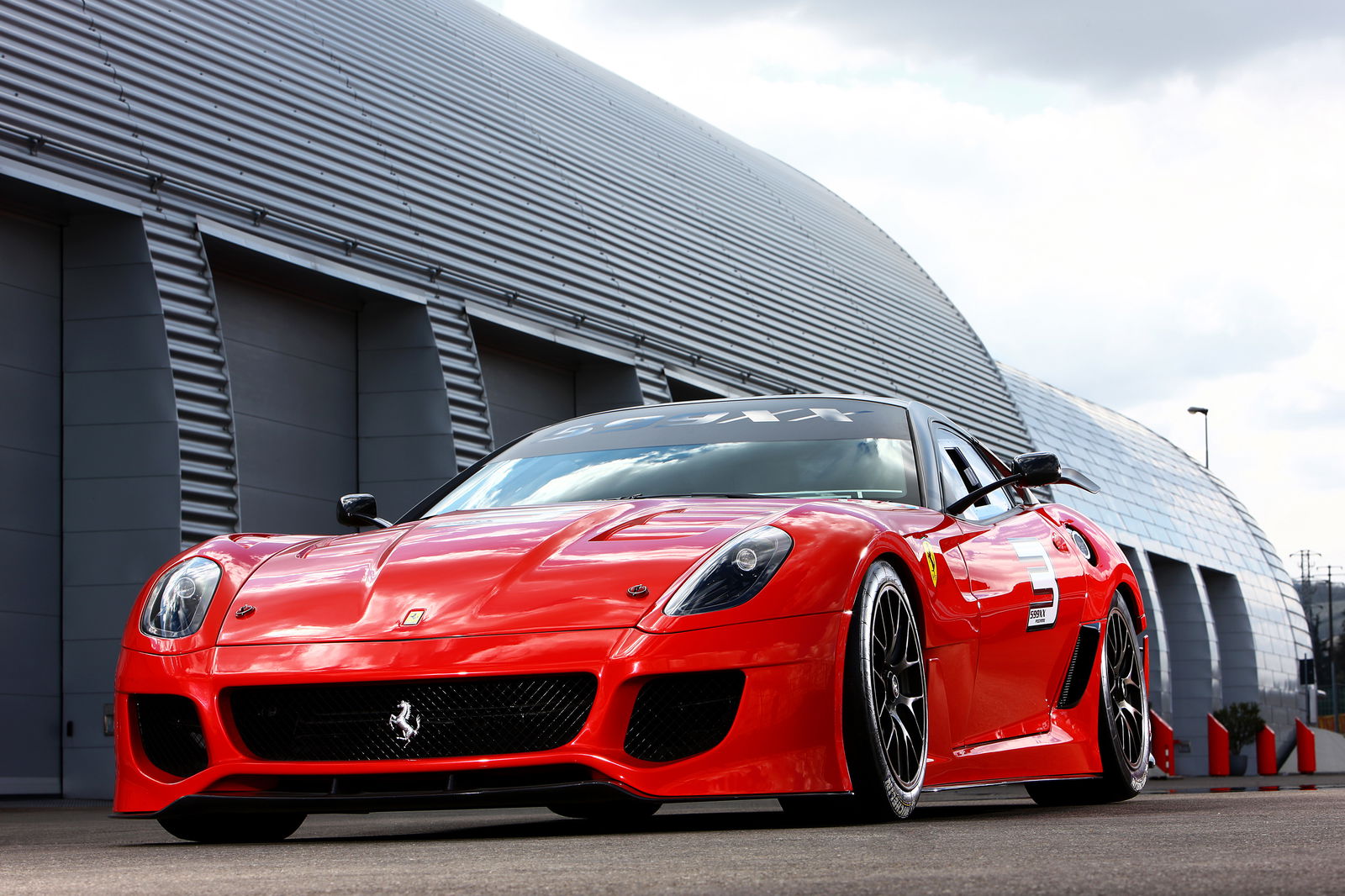
Comments
Keep in mind that alpine is not alpina :P But still good bmw’s out there
“Société anonyme” translates to limited liability company. FYI
Alpine is just ONE of the many French sports cars manufacturer from the time, making fast, tubular chassis, fiberglass bodied sports cars.
Other notable ones were Chappe et Gessalin Automobiles CG, former coachbuilders making cars using Simca engines and gearboxes, Automobiles René Bonnet & Cie (later bought by Matra), making cars with Renault Estafette engines, and Automobiles DB, making cars on Citroën underpinnings before WWII, then working with parts from Panhard.
Renault Sport is based on the fusion of Alpine with another big name of sporty cars from the post-war era, Gordini. Amédée Gordini is behind some of the most widely know sporty Renaults and was called “the wizard”, because he seemed to be able to make anything go much faster. Plus the cars he modified had very recognizable blue with white stripes patterns (the famous go-fast-stripes). His most widely known achievement is the Renault 8 Gordini, but he also released mass-produced performance versions of the Dauphine and Renault 12.
Matt Robinson Société Anonyme doesn’t mean “nameless”. It actually means Anonymous society.
‘Peugeot has nothing’ AHEM
Fantastic Article !
The history of this brand shouldn’t be shy: It can/should be compared with the big names , no problem.
Pagination